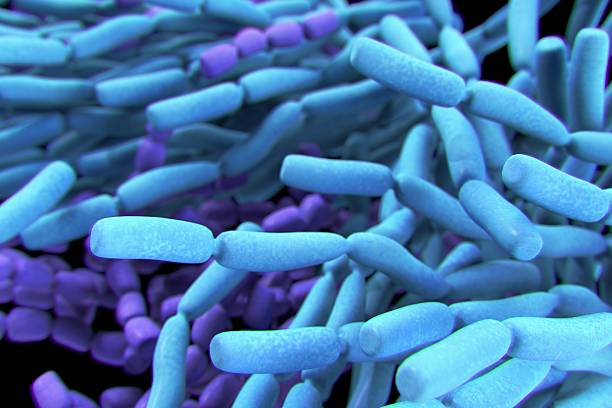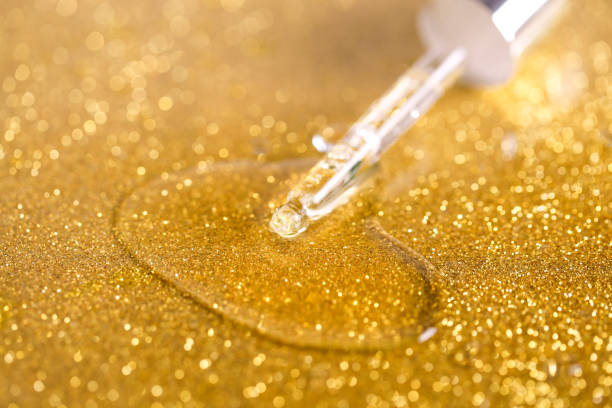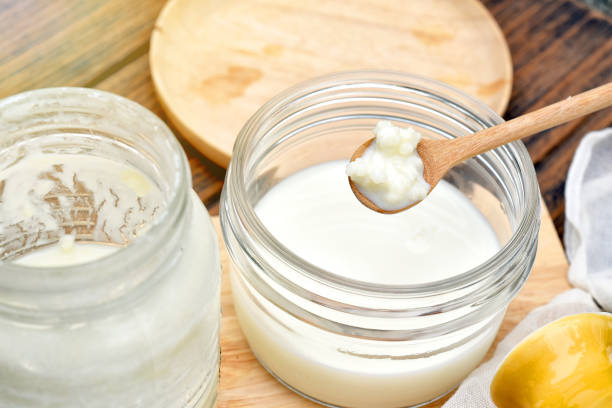Lactic Acid
Lactic acid is an organic acid. It has a molecular formula CH3CH(OH)COOH. It is white in the solid state and it is miscible with water.[2] When in the dissolved state, it forms a colorless solution. Production includes both artificial synthesis as well as natural sources. Lactic acid is an alpha-hydroxy acid (AHA) due to the presence of a hydroxyl group adjacent to the carboxyl group. It is used as a synthetic intermediate in many organic synthesis industries and in various biochemical industries.

- Overview
- Applications
- Spesifications
Overview
Lactic acid (IUPAC systematic name: 2-hydroxypropanoic acid), also known as milk acid, is a chemical compound that plays a role in several biochemical processes. It was first isolated in 1780 by a Swedish chemist, Carl Wilhelm Scheele, and is a carboxylic acid with a chemical formula of C3H6O3. It has a hydroxyl group adjacent to the carboxyl group, making it an alpha hydroxy acid (AHA). In solution, it can lose a proton from the acidic group, producing the lactate ion CH3CH(OH)COO−. It is miscible with water or ethanol, and is hygroscopic.
Lactic acid is chiral and has two optical isomers. One is known as L-(+)-lactic acid or (S)-lactic acid and the other, its mirror image, is D-(-)-lactic acid or (R)-lactic acid. L-(+)-Lactic acid is the biologically important isomer.
In animals, L-lactate is constantly produced from pyruvate via the enzyme lactate dehydrogenase (LDH) in a process of fermentation during normal metabolism and exercise. It does not increase in concentration until the rate of lactate production exceeds the rate of lactate removal which is governed by a number of factors including: monocarboxylate transporters, concentration and isoform of LDH and oxidative capacity of tissues. The concentration of blood lactate is usually 1-2 mmol/L at rest, but can rise to over 20 mmol/L during intense exertion.
Lactic acid fermentation is also performed by Lactobacillus bacteria. These bacteria can operate in the mouth; the acid they produce is responsible for the tooth decay known as caries.
In medicine, lactate is one of the main components of Ringer’s lactate or lactated Ringer’s solution. This intravenous fluid consists of sodium and potassium cations, with lactate and chloride anions, in solution with distilled water in concentration so as to be isotonic compared to human blood. It is most commonly used for fluid resuscitation after blood loss due to trauma, surgery or a burn injury.
Applications
Lactic acid is primarily found in sour milk products, such as: koumiss, leban, yogurt, kefir and some cottage cheeses. The casein in fermented milk is coagulated (curdled) by lactic acid. Although it can be fermented from lactose (milk sugar), most commercially used lactic acid is derived by using bacteria such as Bacillus acidilacti, Lactobacillus delbueckii or Lactobacillus bulgaricus to ferment carbohydrates from nondairy sources such as cornstarch, potatoes and molasses. Thus, although it is commonly known as “milk acid”, products claiming to be vegan do sometimes feature lactic acid as an ingredient. Lactic acid may also be found in various processed foods, usually either as a pH adjusting ingredient, or as a preservative (either as antioxidant or for control of pathogenic micro-organisms). It may also be used as a fermentation booster in rye and sourdough breads. LACTIC ACID IN INDUSTRIAL MAIN FUNCTION
-Complexing agent and sequestrant Solvent ( GALASTER EL )
-Cleaning agent ( GALASTER EL )
-Raw material for chemical synthesis
GALACID is, for instance, used for pH control in cellophane production. GALASTER EL is used as a plasticizer for cellulose ethers either alone or in combination with propylene glycol or acetyl tributyl citrate. GALASTER EL also enters in the composition of thermosplastic adhesives.
Spesifications
| PRODUCT IDENTIFICATION | |
| CAS NO | 50-21-5, 79-33-4 (L), 10326-41-7 (D) |
| EINECS NO. | 200-018-0 |
| FORMULA | CH3CH(OH)COOH |
| MOL WT. | 90.08 |
| H.S. CODE | 2918.11 |
| TOXICITY | Oral rat LD50: 3543 mg/kg |
| SYNONYMS | 2-Hydroxypropanoic acid; 1-Hydroxyethanecarboxylic acid; Ethylidenelactic acid; alpha-Hydroxypropionic Acid; Milchsäure (Dutch); ácido lactico (Spanish); Aacide lactique (French); |
| PHYSICAL AND CHEMICAL PROPERTIES (99%) | |
| PHYSICAL STATE | Colorless to slightly yellow, syrupy liquid |
| MELTING POINT | 17 C |
| BOILING POINT | 122 C |
| SPECIFIC GRAVITY | 1.2 |
| SOLUBILITY IN WATER | Miscible |
| NFPA RATINGS | Health: 3 Flammability: 1 Reactivity: 1 |
| FLASH POINT | 112 C |
| STABILITY | Stable under ordinary conditions |
| SALES SPECIFICATION | |
| FCC IV 80 GRADE | |
APPEARANCE | Clear to slightly yellow liquid |
| PURITY | 80% min |
| CHLORIDE | 20ppm max |
| SULFATE | 0.01% max |
| RESIDUE ON IGNITION | 0.1% max |
| Fe | 10ppm max |
| As | 1ppm max |
| HEAVY METALS | 10ppm max |
| TRANSPORTATION | |
| PACKING | 25kgs in plastic drum, 18mts in container |
| HAZARD CLASS | 8 (Packing group: II) |
| UN NO. | 3265 |



